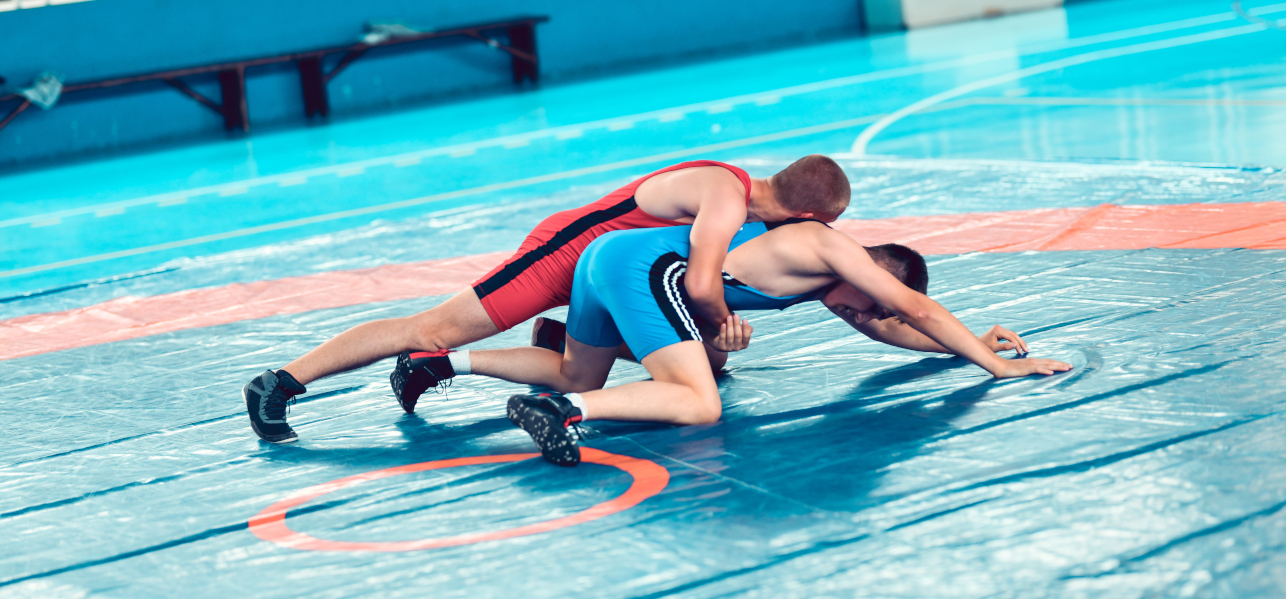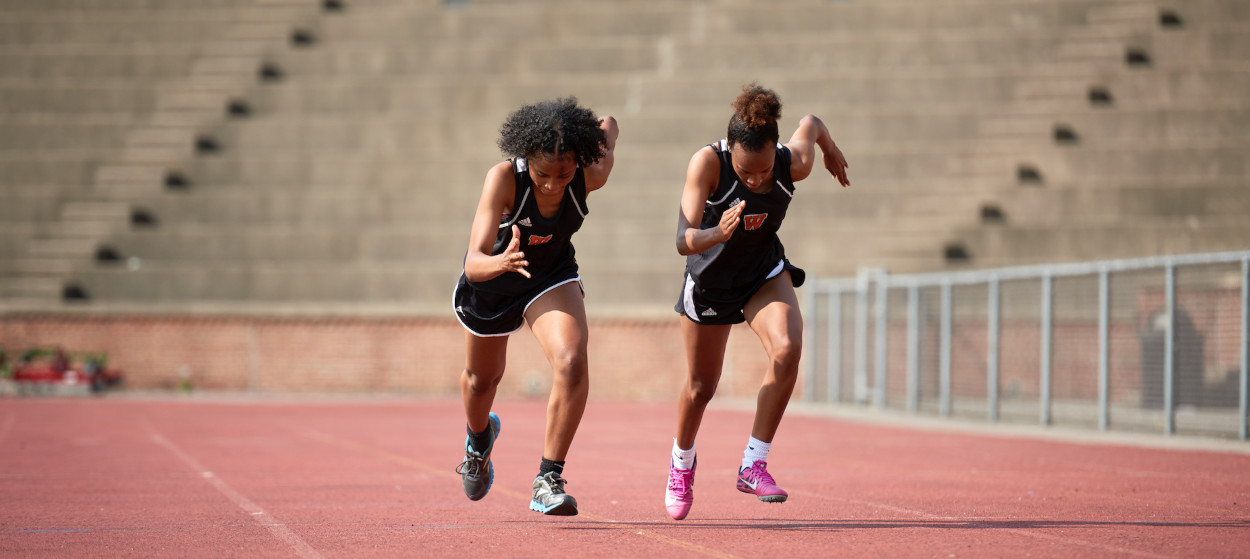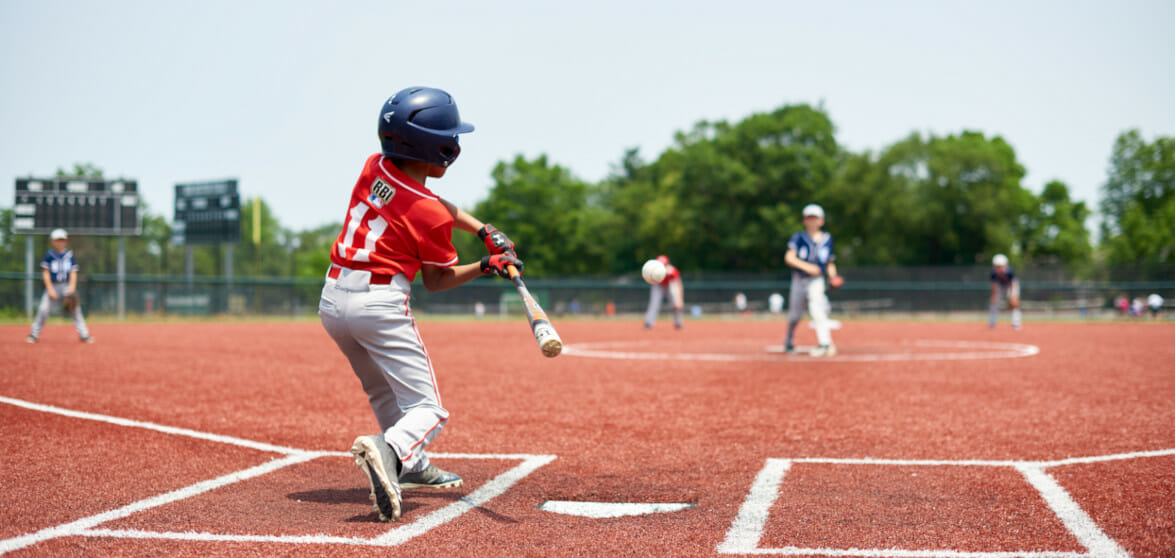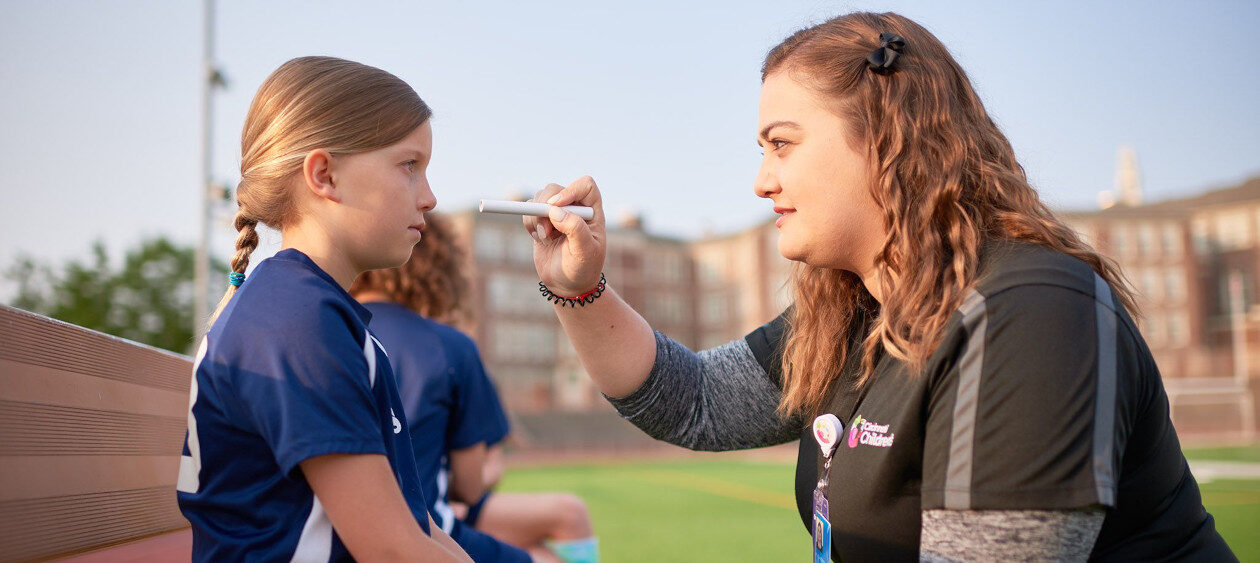Being a parent of an athlete often requires doing a lot of laundry and even more driving. But one thing many parents do not anticipate is dealing with the rashes and skin conditions commonly seen in young athletes.
The physical closeness in sports such as wrestling, rugby, hockey and football creates an environment for a host of contagious skin infections. These infections can be transmitted through dirty towels or sweat left on close-fitting pads and equipment.
To prevent these problems, experts at Cincinnati Children’s, as well as the American Academy of Dermatology and athletic trainers, recommend that athletes:
- Keep cuts and scrapes covered until healed.
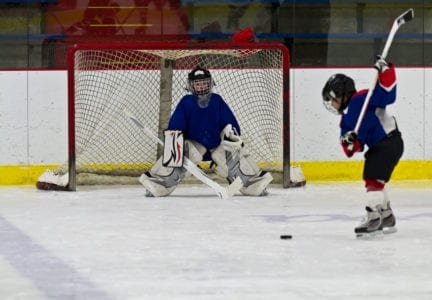
- Wear shoes that fit and clean socks to prevent blisters.
- Wear moisture-wicking clothes.
- Don’t share personal care items such as towels, razors, combs or soap.
- Wear sandals in the locker room.
- Shower after every practice and game.
- Wash clothes and towels after each use.
- Disinfect sports equipment daily.
- Treat any underlying skin conditions, such as eczema or acne, to create an effective skin barrier.
As a parent, you can be on the lookout for skin changes in your athlete. Look for cuts, sores, redness, swelling and pus. Below are the most common fungal, viral and bacterial infections and what to do about them:
Athlete’s foot
Players in moist, warm environments in sports such as soccer, basketball and swimming often develop this fungus on their feet. It causes itching, burning and flaky skin, usually on the skin between the toes. A medical professional can confirm the diagnosis by examining a small scrape of skin under a microscope. It is treated with antifungal medication.
Ringworm
If it gives you any comfort, ringworm, also known as dermatophytosis or tinea, has nothing to do with worms. It’s a fungal infection that often develops behind the knees, in elbow creases or the groin area. It’s a crusted rash that appears as round, red patches with scaly borders. Medical professionals can diagnosis it based on how the rash or affected area looks. It’s treated with topical medication, and sometimes an oral medication for more severe infections.
Common warts
Warts can be passed from person to person, sometimes indirectly, and often grow on the fingers. But they are most troublesome when they occur on the bottom of the foot. They form hard tissue that can stick out from the skin surface or be embedded in the skin, causing pain. A medical professional may recommend cryotherapy (liquid nitrogen) for freezing the skin, or they may recommend an over-the-counter medicine to treat warts.
Molluscum contagiosum
This is a big name for a common condition that causes bumps on the skin and tends to be harmless. But as the name suggests, it can be very contagious. Athletes can get this from sharing towels and clothing or touching infected mats. They can also spread it from one part of their skin to another by scratching it. The rash appears as raised pink bumps on the trunk of the body, arms and legs with a dip or crater in the middle. It usually does not itch and often goes untreated. Treatment can include topical ointments, scraping the bumps away, or cryotherapy.
Herpes simplex
This condition, which is common among wrestlers, can cause skin lesions on the head, neck and shoulders. It’s primarily spread through skin contact and is very contagious. It causes small, usually painful, blisters on the skin. The blisters will often break and form open sores. Medical experts can diagnose it by the appearance of the skin. It is often treated with oral antiviral medicine. Of note, anyone suspected to have this should not be in direct contact with pregnant women or babies when they have sores present.
Bacterial infections
These skin conditions can include minor infections such as folliculitis (infection of the hair follicle) and impetigo (honey-colored, crusting lesions). More serious infections include abscesses and cellulitis (infection of the inner layer of skin). Signs and symptoms include red spots surrounding the hair follicle (folliculitis) to raised swollen and tender skin (cellulitis and/or abscess). Coexisting fever indicates a more serious infection and should be seen by a medical professional immediately. Treatment for bacterial infections involves topical and sometimes oral antibiotics.
One thing to remember is that if your athlete is having a skin problem, it might be a problem for the whole team. You want to spread positivity, not skin infections. Always notify coaches, athletic trainers and medical staff when there is a problem. Many skin infections have a prescribed time course for treatment and limitations on play while skin infections are active.

